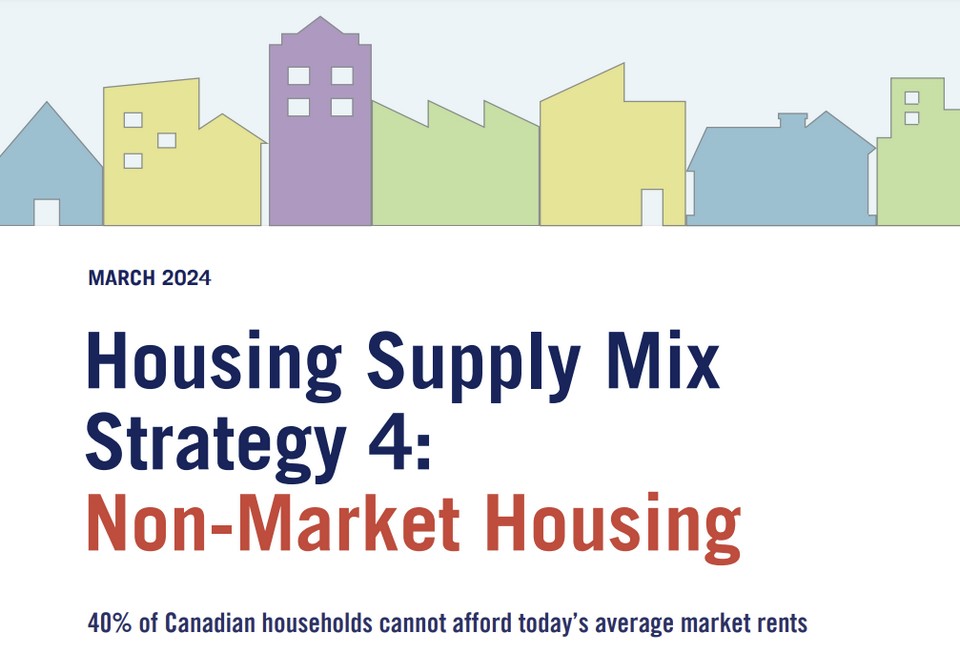This article summarizes a report written by Cherise Burda and Karen Chapple. The report was submitted to the federal task force in March 2004. The full text of the report can be found here.
The article discusses the urgent need for non-market housing in Canada, highlighting that 40% of Canadian households cannot afford current market rents. It emphasizes the historical shift from significant government investment in non-market housing in the 1970s to a heavy reliance on private market housing today. This shift has led to a severe shortage of affordable housing, with non-market housing now representing less than 6% of the housing stock.
Key points include:
- Affordability Crisis: Many Canadian households struggle to afford market rents, with a significant portion unable to pay over $1,050 per month.
- Historical Context: In the 1970s, non-market housing made up 25% of new constructions, but decades of disinvestment have reduced this to under 6%.
- Private Sector Limitations: The private sector cannot meet the depth and scale of affordable housing needs due to its profit-driven nature.
- Call for Action: Experts advocate for increased investment in non-market housing to address the affordability crisis and protect housing from market pressures.
The article concludes by urging a return to substantial government support for non-market housing to ensure affordable housing for all Canadians. The article also provides several key recommendations to address the affordable housing crisis in Canada:
- Increase Government Investment: The article calls for a significant increase in government funding and support for non-market housing to ensure affordability and stability for low-income households.
- Expand Non-Market Housing Stock: It recommends expanding the proportion of non-market housing to at least 20% of the total housing stock to meet the needs of those who cannot afford market rents.
- Strengthen Policy Frameworks: The article suggests strengthening policy frameworks to support the development and maintenance of non-market housing, including zoning laws and financial incentives.
- Partnerships and Collaboration: It emphasizes the importance of partnerships between government, non-profits, and the private sector to create and sustain non-market housing projects.
- Protect Existing Non-Market Housing: The article highlights the need to protect and preserve existing non-market housing from being converted to market-rate housing.
- Innovative Financing Models: It recommends exploring innovative financing models, such as community land trusts and social impact bonds, to fund non-market housing initiatives.
These recommendations aim to create a more equitable housing system that ensures all Canadians have access to affordable and stable housing.

